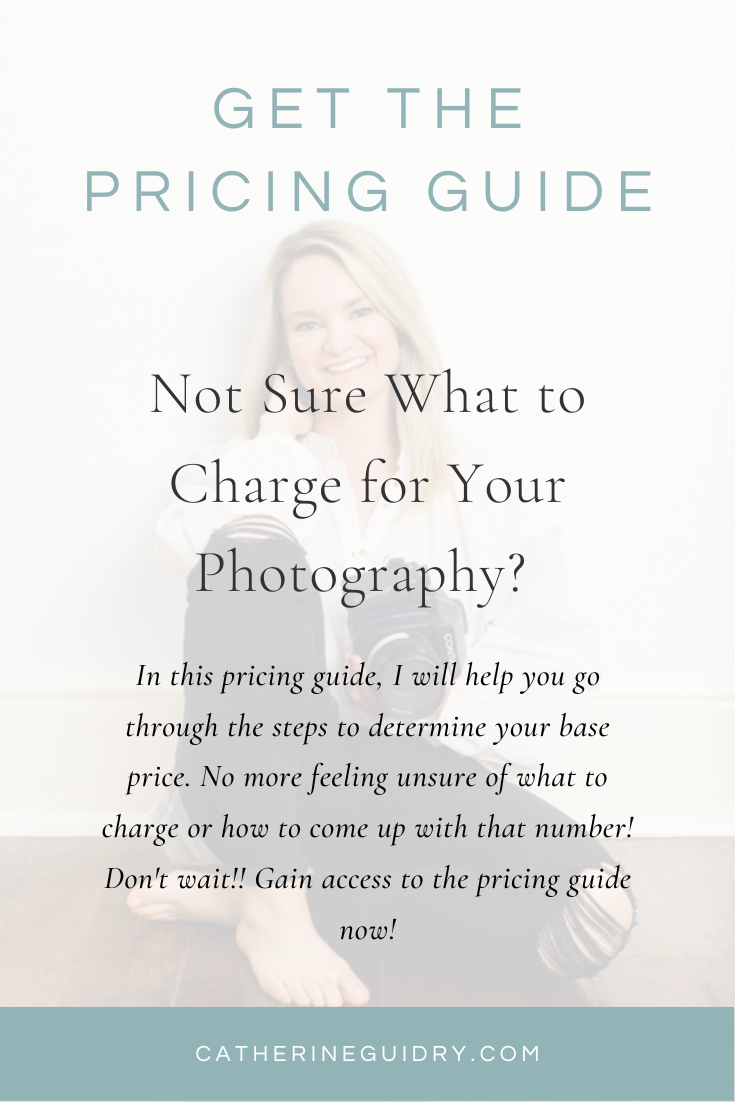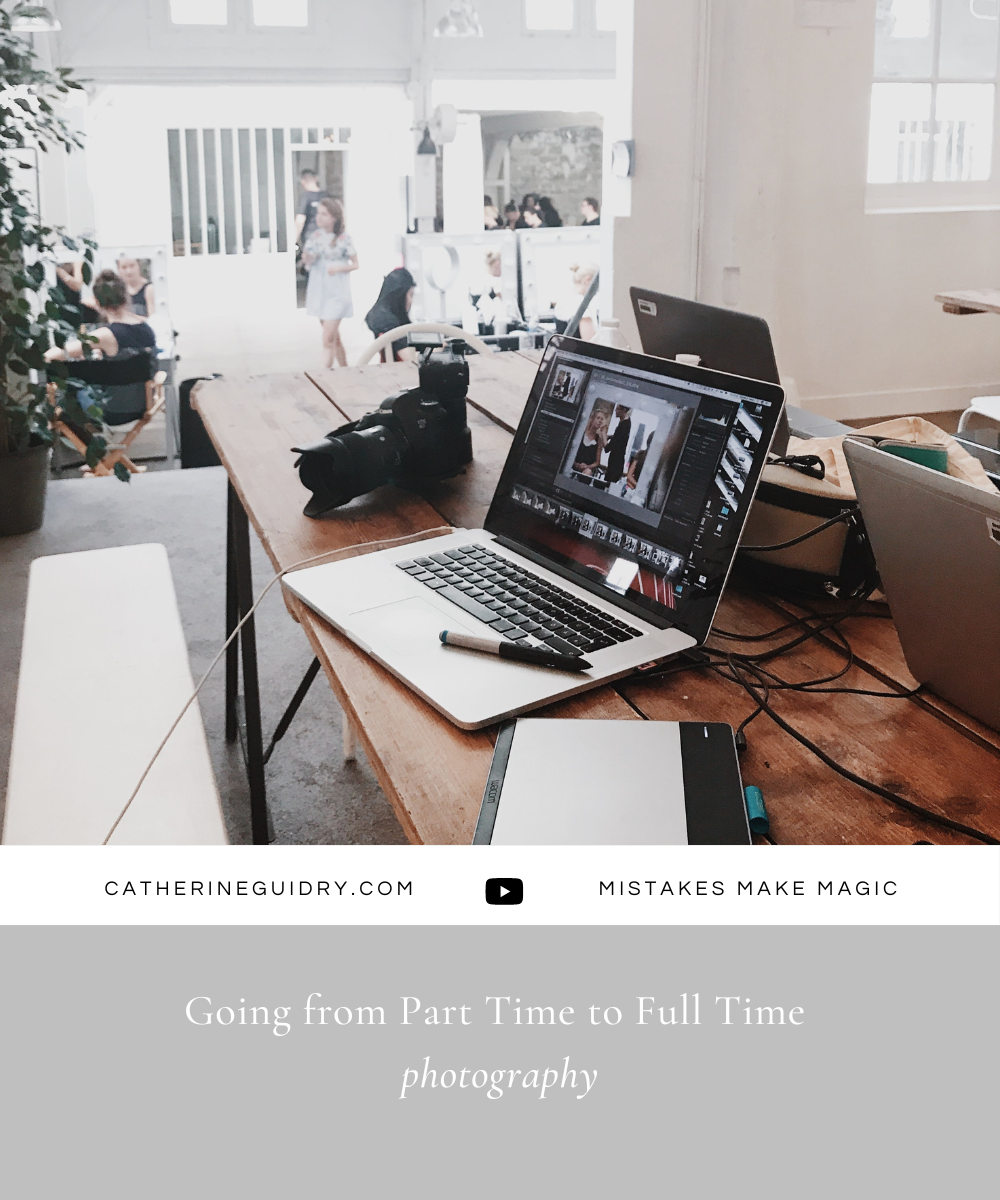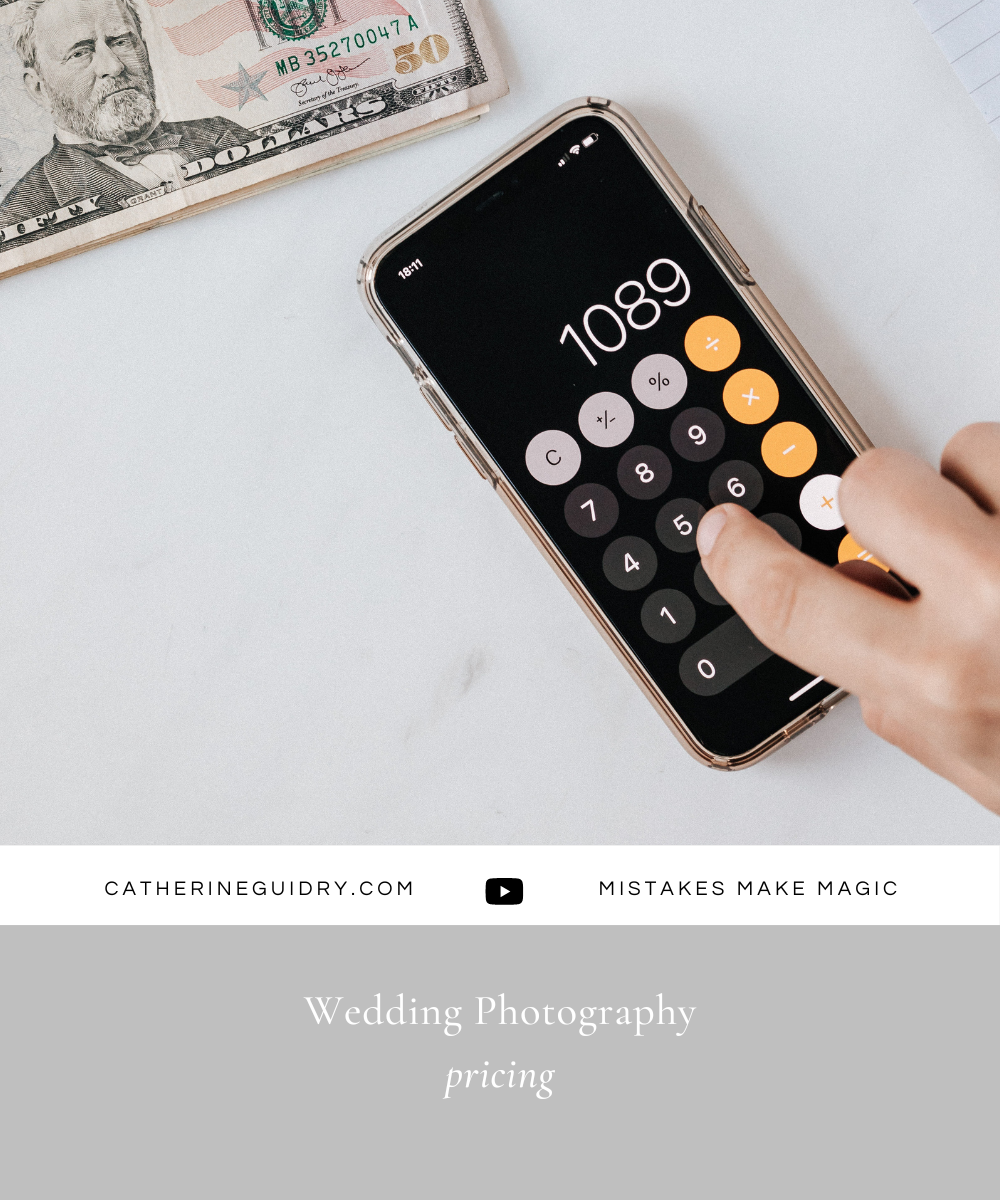There are a lot of differences between zoom lenses and prime lenses, especially in photography. Knowing the differences between the lenses will help you decide which lens is best to use in the different types of situations that may come up in your wedding photography business.
When deciding which type of lens to shoot with, the choice between a zoom lens and a prime lens really takes into consideration a lot of things, like:
📸 How you love to shoot.
📸 Your style preference.
📸 What is most important to you in terms of what you value for your photography.
The video below will show you the differences between the lenses and how I use them. Check it out!
1. My Lenses
I personally use a mix of zoom and prime lenses. In my gear bag for a wedding day, I have a 24-70 mm, 70-200 mm (both fixed zoom 2.8 aperture lenses), two 50 mm f1.2 lenses (one for me and one for my second, a backup 50 mm f1.8, and a macro lens. Those are probably the lenses that I use the most.
I do not currently have a 35 fixed zoom lens, but I am looking for a low aperture 3.5 mm. I am really hoping that Nikkor comes out with a 1.2 mm. If they do, I will definitely snatch that up!
It has been helpful for me to have a mix of the lenses, and I am going to share why.
2. Great Things About Zoom Lenses
📸 Versatility:
- Zoom lenses allow you to change focal length quickly without having to dig in your bag or stop the moment to change lenses.
- This allows me to get a variety of images super quickly since I can be so flexible and versatile.
📸 Convenience:
- Zoom lenses blend in and are discreet. You can carry one lens and not have to carry a big bag on you.
- I have confidence with my zoom lens because I know that I can get a variety of shots as needed, whether they be tight, wide, showing the whole space, or zooming in on details.
📸 Framing:
- The framing aspect of a zoom lens is really nice if you’re utilizing it.
- If you move your feet and zoom in and out, you can really get a variety in vertical and horizontal images. Most importantly, you can do it QUICKLY!
Once I was shooting details and saw a huge floral installation on the ceiling. I wanted to get a wide shot but also wanted to zoom in to get a tighter shot. I didn’t have a lot of time to get the shot, so in that situation it was nice having my zoom lens and knowing that I could photograph the details really quickly and without hesitation, still making it to the bus on time. This was a time when the zoom really came in handy for me.
📸 Speed:
- The speed is so great that I don’t have to interrupt or stop a moment on a wedding day. When I shot exclusively with prime lenses, I felt like I was always stopping or interrupting to reach into my shoulder bag, get my prime lens, and make a switch. With the zoom lens, I never have to stop anything from happening and I don’t have to worry about missing a moment.
The first time I shot with a zoom lens, I felt like a speed demon. I was able to shoot so much more and not interrupt. I also didn’t miss anything. It was a really good feeling.
Reduced Gear Weight
📸 When using a zoom lens (one camera and one lens), you can have the rest of your gear in your other (rolling, backpack, or shoulder) bag and leave it there. You reduce a lot of weight on the rest of your body and use the lens on your camera.
📸 Reduced gear weight is really convenient and probably a big part of the reason people sometimes switch to shooting with zoom lenses.
I always have a zoom lens on my camera during the ceremony and reception. During the ceremony, I don’t want to worry about the position of the bride and groom and struggle to get them in focus. I would risk missing a moment. You can’t replicate a moment, so I highly suggest using a zoom lens during the ceremony.
At the reception I can shoot at least the entire second half with just my camera and a zoom lens. It is really nice to be able to shoot close up or wide, get on the dance floor, or shoot big groups. I really like to use my 24 – 70 mm for the reception.
If you could only choose one lens right now, my suggestion would be the 24 – 70 mm f/2.8 Nikkor lens. Most camera lines have a lens that is comparable (Canon has an f/2 zoom lens that produces great images). I feel confident choosing this lens because I know that I can capture the entire day pretty well with it (though a 70 – 200 mm really comes in handy in situations where I can’t or don’t want to get very close).
I recently photographed a wedding at a church that did not allow the vendors to step inside of the sanctuary. In that situation, it was really convenient to have a zoom lens. I used the 70 – 200 mm because it allowed me to get close when I couldn’t physically stand close.
3. Great Things About Prime Lenses
We talked about the perks of using a zoom lens, but there are a lot of great things about prime lenses too. I also love my prime lenses and I do use them for a large portion of the day.
📸 Quality:
- One of my favorite things about prime lenses is the quality of the bokeh, the depth of field, and the sharpness of the images. When I compare images taken from my Nikkor 50 mm f1.2 (that produces images with amazing quality) with images I took with the 24 – 70 mm, the 24 – 70 images can fall flat.
- Prime lenses are more simple. There’s not as much going on in terms of the technical side of the lens. That allows the lens to create a more beautiful rendering of what we are seeing.
📸 Lower Aperture
- My 50 mm lens can go all the way to f 1.2. Those who have been shooting for a while know that this is a huge deal! Being able to go to f1.2 in a dimly lit church or reception allows you to reduce the amount of grain and improve the quality of that photo.
- When looking for lenses to use on a wedding day, it is ok to start with something like the 50 mm f/1.8. It is not far off the 50mm f/1.2 in terms of the aperture, but you will see a difference in low light. You will see that the extra stops allow you to let more light in, reducing the grain and improving the overall quality of the images.
📸 Speed of Focusing (especially when you’re in the light)
- My 1.2 aperture lens focuses so much faster and produces sharper images than my 24 – 70 mm Nikkor lens.
- I use a flash at receptions when shooting with my 24 – 70 mm, but it is very seldom that I use a flash when I am using my 50 mm f/1.2.
- It focuses so quickly, even though I have to back up a little when people are dancing, and it produces beautiful, magical images with a lot of ambient light.
📸 Creative Opportunity
- The creative opportunity really pulls me to the prime lenses. I have to move my feet. I can’t zoom in and out. If I am photographing a detail or person, I really find myself slowing down and thinking a lot about the composition and how I want to photograph that image.
- Slowing down makes me feel more intentional with my images and in tune with what I really want in the photograph. So, slowing down is not necessarily a bad thing.
- There are several parts of a wedding day where I feel comfortable slowing down and using my prime lens and being intentional, especially during the bride and groom portraits. I really like the creative opportunity in these moments using my prime lens.
📸 Subject Isolation
- This is when the subject is really in focus and you get the immediate fall off and beautiful bokeh. I find with my zoom lens, you get more focus in the background. This is a subjective decision and some people prefer this, but I really love when the subject feels very isolated from the background.
- Since I switched to the mirrorless z series, I find that my images are getting a more consistent look. It’s eliminating all of the other focal lengths. I feel like I have a consistency that people can identify with when they look at my photographs.
- When you are shooting, try to figure out what you feel more confident in and what you like with taking pictures and stick to that. It will help you create that consistent look as well.
📸 Stronger Composition
- Photographing with a prime lens encourages stronger composition. When bringing on a new second or third and they shoot with a zoom lens, I notice that they are not paying attention to what focal length they are shooting at. They are zooming in and out, moving super quickly, especially with the details at a reception.
- I love the details to be photographed with a 50 mm. If I tell my photographer to put the 50 mm on their camera and not take it off, it challenges them to move their feet, slow down, and really think about what they are shooting. In that regard, it encourages better composition.
My favorite fixed lens is the Nikkor 50 mm f/1.2. When I was shooting on film I liked the Contax 645. I love the Zice 80 mm f/2 lens. On the Contax, I love the Zice Pointer. It is very similar to the 50 mm focal length. The bokeh and fall off on that lens is just unmatched. The only downfall is that you have to manually focus, but it really slows me down and creates some magical photographs.
Ultimately, it is up to you which type of lens you use and when, but I hope that you have learned the major differences. Try out both types of lenses and give yourself the opportunity to experiment. I like a mix for different reasons and different things that I am photographing. I shoot most weddings with a prime lens and weddings with a mix of the two.
I can’t wait to see what you choose and what you use!
If you are interested in a trial Wedding Photography Membership, go to www.weddingphotographysociety.com
If you are interested in learning how to price your base price for photography, check out my FREE Pricing Guide below. It will help you:
- Understand the WHY behind your base prices
- Decide what to charge for your photography
- Cover your expenses to remain profitable and sustainable






